Lubricant grease is an essential component in the maintenance and longevity of machinery. When applied correctly, it can reduce friction and wear between moving parts, leading to increased efficiency and productivity. In this guide, we'll explore the proper techniques for applying lubricant grease and provide tips for maintaining your equipment's peak functionality.
Importance of proper lubrication
Proper lubrication is crucial for ensuring the optimal performance and longevity of your equipment. Without it, the friction between moving parts can cause excessive wear and tear, leading to decreased efficiency and productivity. Lubricant grease helps reduce this friction by creating a protective layer that separates the moving parts, prolonging the life of your machinery. However, it's important to ensure that you're applying the right type of lubricant in the correct amount and at regular intervals to maintain peak functionality.
1. Selecting the right type of lubricant grease
Selecting the right type of grease for your equipment is essential to maximize its performance. Grease comes in various types, each designed for specific applications and equipment types. For instance, high-temperature grease is ideal for equipment exposed to high heat or thermal stress, while water-resistant grease is perfect for machinery frequently exposed to moisture. In addition, you can also opt for multi-purpose grease which provides a wide range of features to fit your needs. To determine the right type of grease for your equipment, consult your manufacturer's recommendations or seek advice from lubrication experts. Remember that using the wrong type of grease can lead to mechanical failure and costly repairs.
2. Cleaning and preparing equipment before applying lubricant grease
Before applying lubricant grease, it is crucial to ensure that the equipment is clean and free of any dirt, debris, or old lubricant residue. Any contaminants present on the surface can negatively impact the new grease's effectiveness and shorten its lifespan. Therefore, use a degreaser or solvent to remove all the grime and old lubricant before applying new grease. Also, check for any signs of wear and tear on the equipment parts and replace them if necessary. Once the machinery is free from contaminants and in good condition, you can proceed to apply high-quality lubricant grease following the recommended techniques.
3. Applying lubricant grease to the appropriate areas
Applying grease to the right areas of your equipment is crucial for optimal machinery performance. First, identify the components that require lubrication and determine the appropriate grease type to use. Refer to equipment manuals or contact a specialist to ensure you're selecting the appropriate grease for each specific application.
Once you have determined the correct grease type, take note of where it needs to be applied. Common areas include bearings, gears, sliding and rolling components, and joints. Apply only enough grease to cover the components evenly without over-applying as this can lead to overheating and downtime.
When using a manual greaser, apply pressure slowly and steadily to ensure proper lubricant distribution. For automatic systems, make sure they are calibrated properly and periodically check on them for consistent and accurate application of grease.
Remember that applying grease too frequently or infrequently can also compromise equipment performance. Develop a regular maintenance schedule based on manufacturer recommendations and thorough visual inspections of your machinery. Following these steps will help ensure your equipment stays in peak condition with maximum efficiency.

4. Monitoring and maintaining equipment performance through regular inspections and re-lubrication
When it comes to machinery performance, regular maintenance is key. Visual inspections and monitoring of equipment can quickly signal any issues that require attention. Regular re-lubrication is also important to maintain your equipment's peak performance.
During inspections, look for signs of wear and tear, including excessive heat or vibration, leaks, unusual noise, or compromised lubrication systems. Correcting these issues promptly can prevent further damage to your equipment and keep it functioning effectively.
Re-lubricating on a regular schedule will help ensure that the correct amounts of lubricant grease are applied to necessary components of the machinery. Skipping regular re-lubrication can lead to costly repairs or replacements down the line.
In addition, make sure you use high-quality grease that is compatible with your machinery and recommended by manufacturers or industry experts. By keeping up with regular inspections and re-lubrication schedules along with using high-quality products, you can extend the life of your machinery and achieve optimal performance levels.

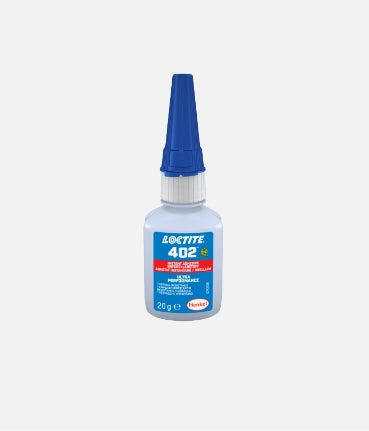
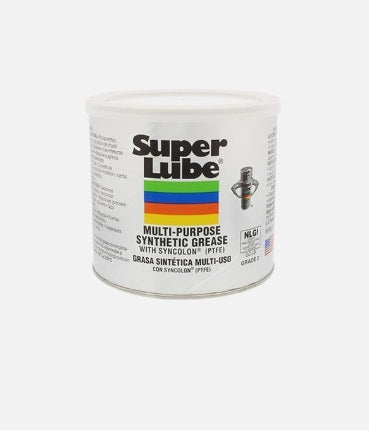
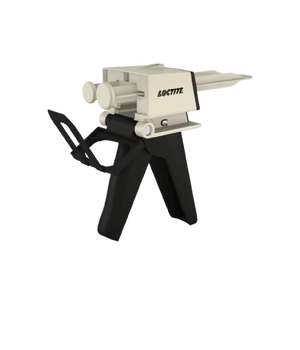
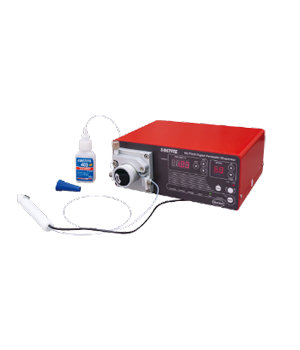

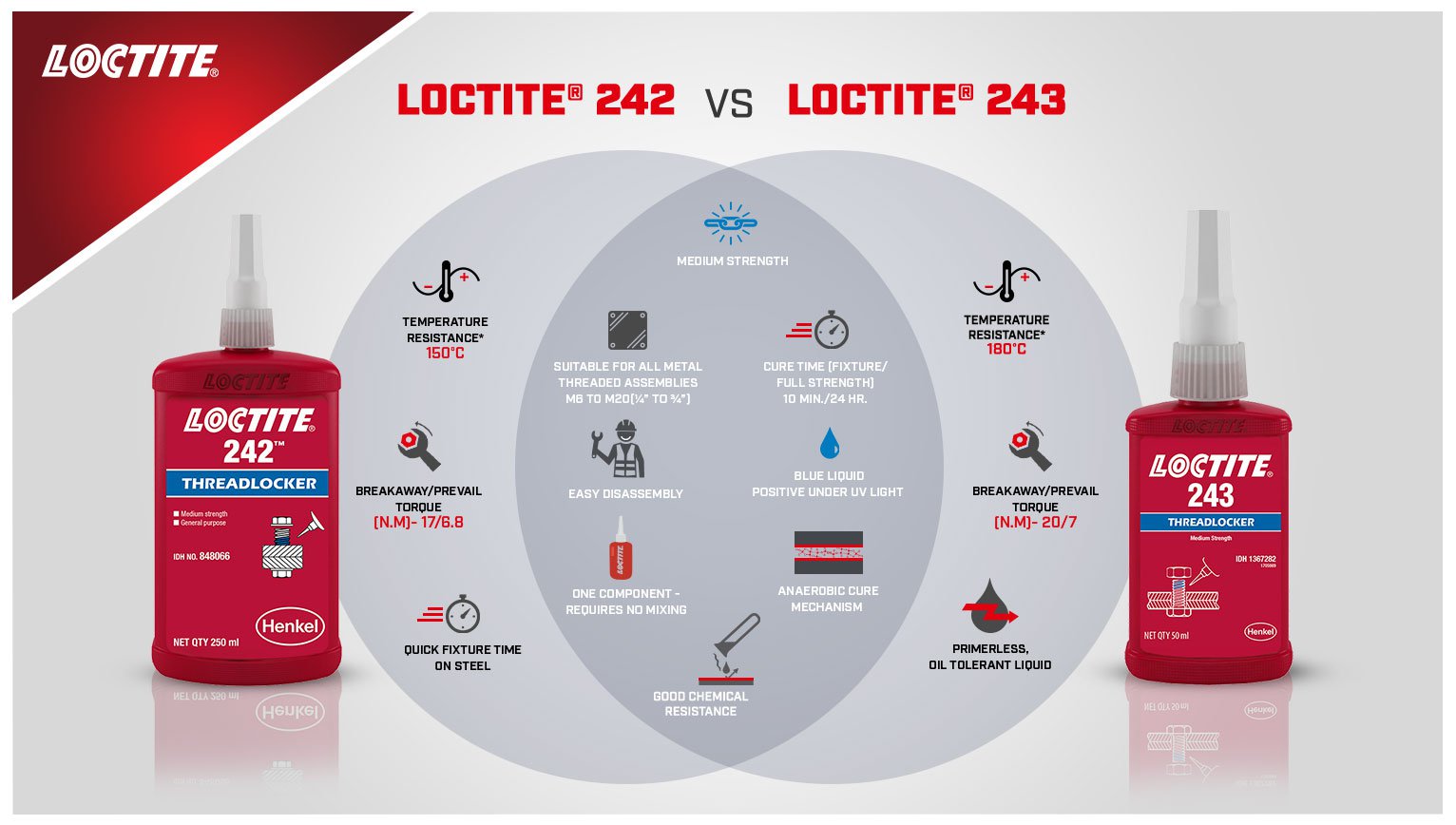
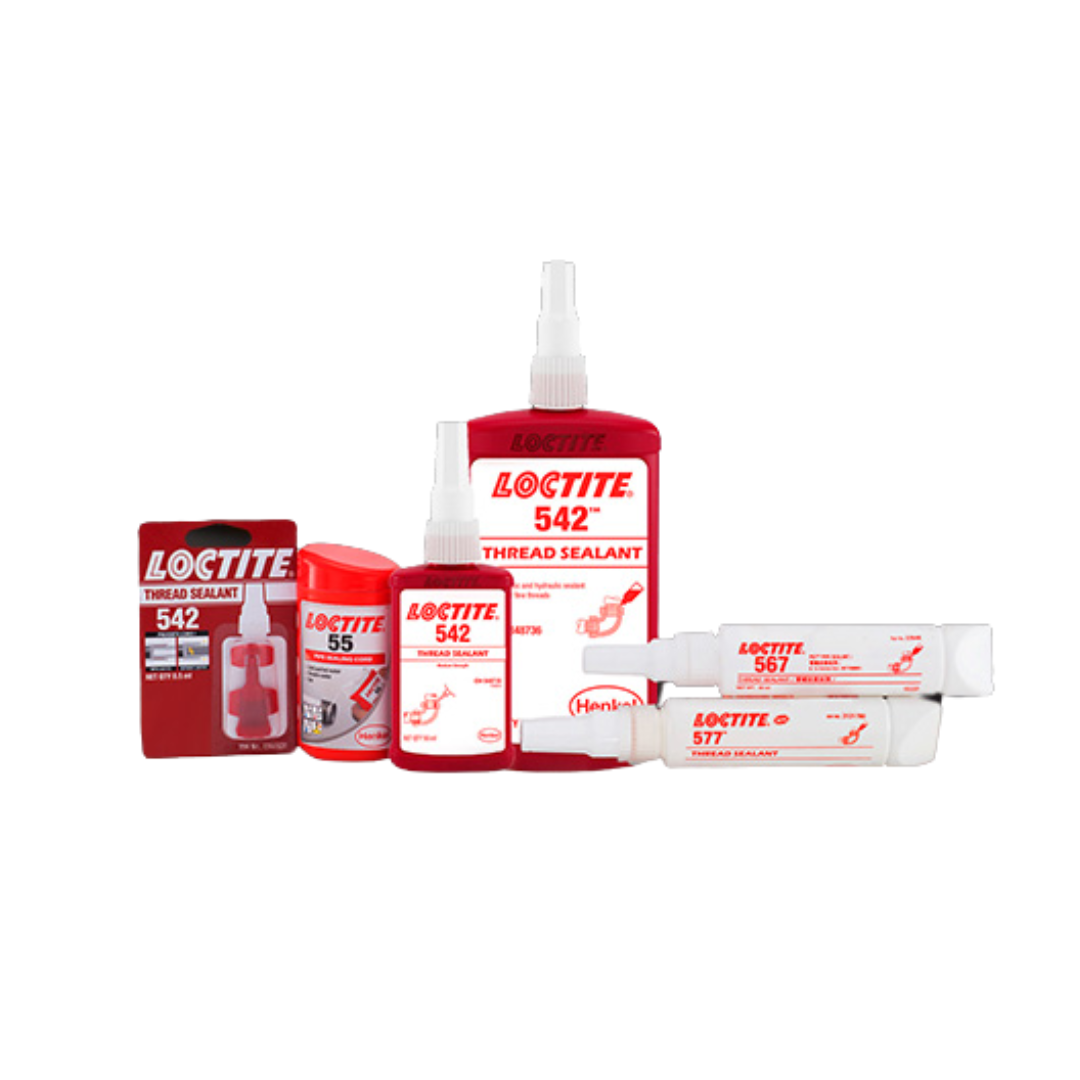
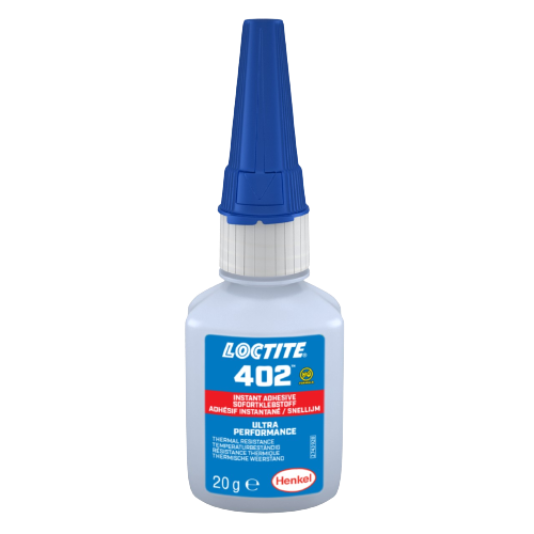
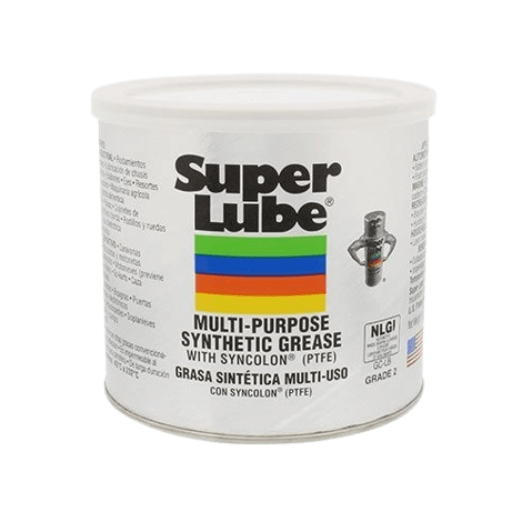
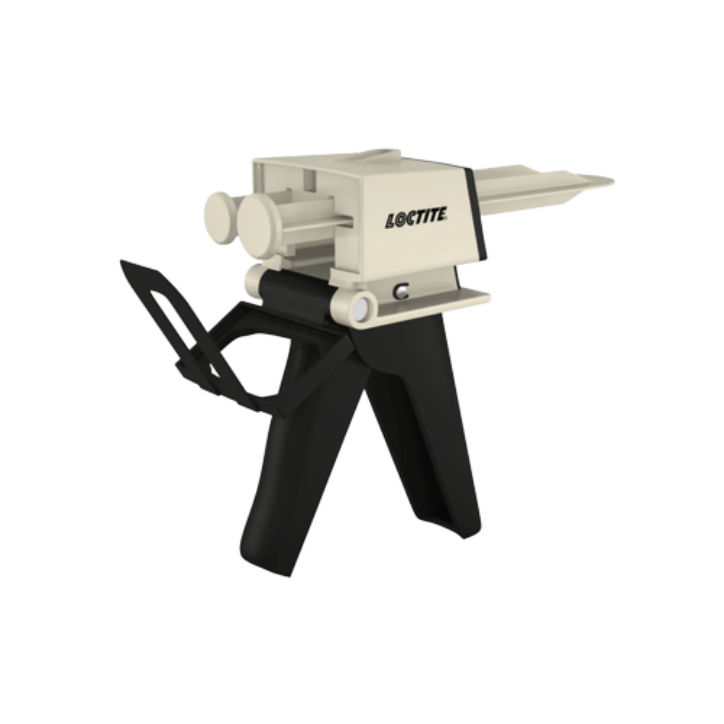
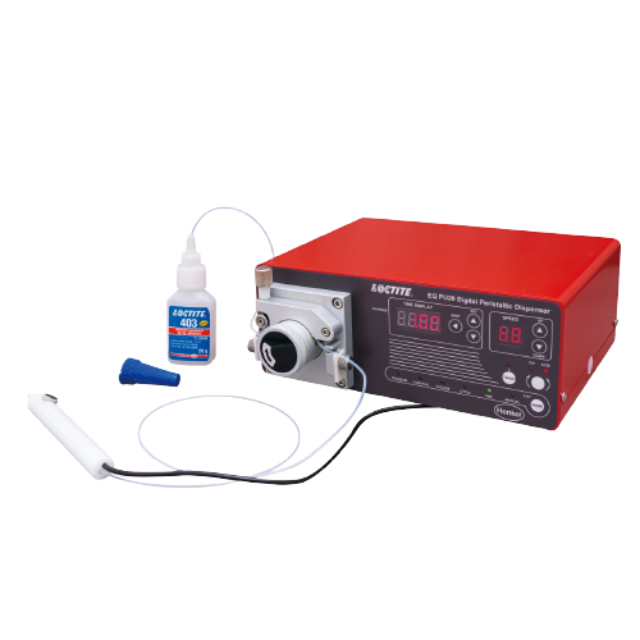
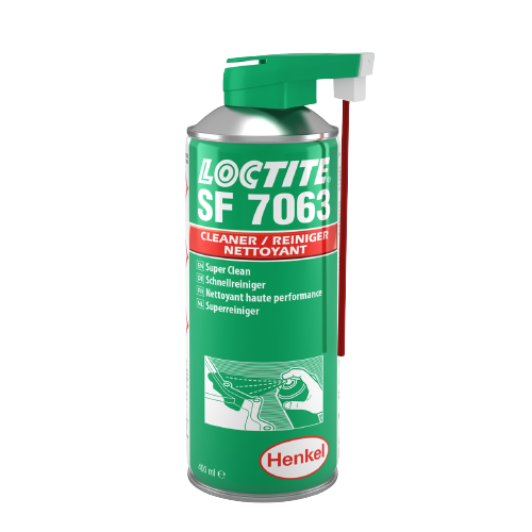
Leave a comment
All comments are moderated before being published.
This site is protected by reCAPTCHA and the Google Privacy Policy and Terms of Service apply.